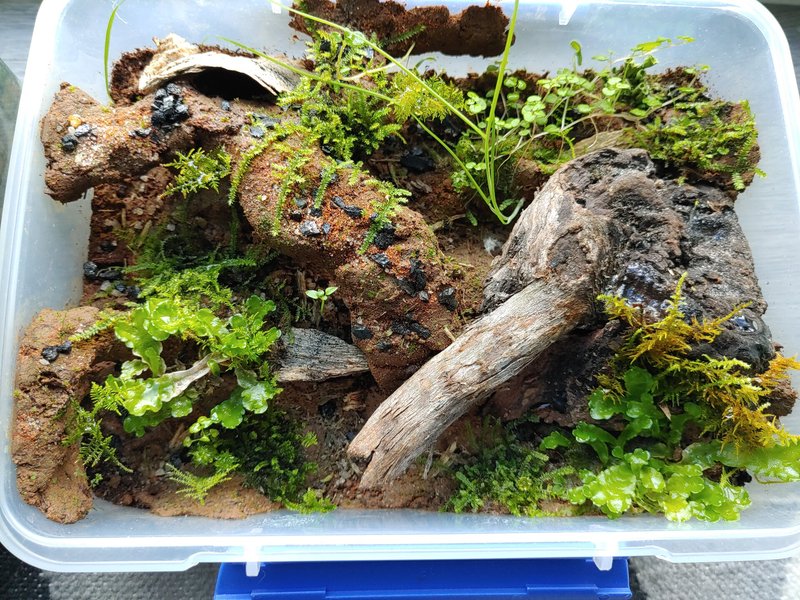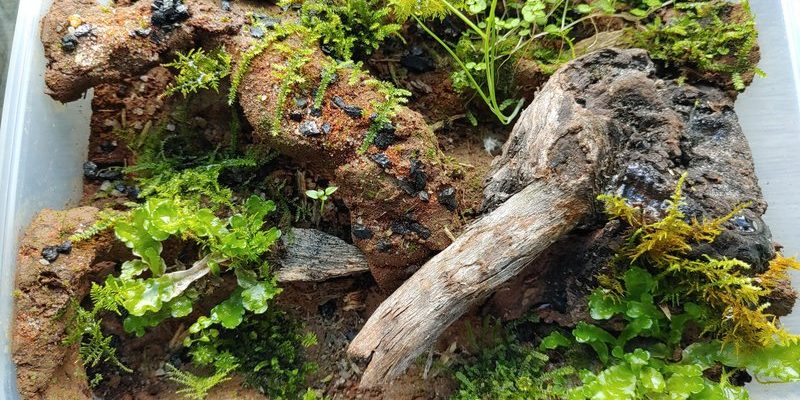
Imagine you’re sipping coffee with a friend and they mention the latest craze in the pet world—velvet worms. You nod along, intrigued but unsure what they really need to flourish. You might think, “Why can’t I just toss them in a regular tank with some air holes?” Well, here’s the thing: velvet worms, or *Peripatus*, require specific humidity levels to thrive, and learning how to maintain that humidity is key to keeping these unique critters healthy.
In this article, we’ll dive into the nitty-gritty of maintaining humidity for velvet worm enclosures. Whether you’re just starting out or looking to enhance your current setup, I’ll guide you through everything you need to know, step-by-step, to help these little wonders live their best lives.
Understanding Velvet Worms and Their Humidity Needs
You might be wondering—why do velvet worms need such precise humidity levels? It’s all about their natural habitat. Velvet worms naturally thrive in damp, leaf-littered environments, often found in rainforests. These adorable little pseudo-scorpions rely on high humidity to keep their skin moist, which is vital for their respiration and overall health.
Typically, velvet worms prefer humidity levels between **70% and 90%**. Think of it like a cozy, warm blanket wrapped around them. Too dry an environment will lead to dehydration, slowing down their metabolism and making it hard for them to thrive. On the flip side, too much moisture can lead to mold and bacterial growth, which can be harmful. It’s a delicate balance, but once you figure it out, it becomes second nature.
Choosing the Right Enclosure
The first step to maintaining humidity for your velvet worm isn’t just about adding water. It starts with choosing the right enclosure. A terrarium is a popular choice among velvet worm enthusiasts. Look for one that has enough space for air circulation but can still retain moisture. You might want to consider enclosures made of glass or acrylic for better visibility and control.
When setting up your enclosure, keep the size in mind. A larger tank can maintain humidity levels more easily than a small one. Plus, it gives your worms the space they need to roam. Just remember, this isn’t like setting up a goldfish bowl—you’re creating a mini rainforest!
Adding Substrate for Moisture Control
Once you have your enclosure, the next step is choosing the right substrate. A mix of **coconut coir**, **peat moss**, and **leaf litter** works wonders. Not only does this substrate hold moisture well, but it also provides a natural environment for your velvet worms.
Here’s a little tip: Before you place your substrate in the enclosure, moisten it slightly. You want it damp, but not soaking wet. Think of it as giving your worms a nice spa day! This moisture will help keep the humidity levels stable and create a comfortable habitat.
Humidity Maintenance Techniques
Now that your enclosure is set up, you might be wondering how to maintain that all-important humidity. There are a few techniques that can help, and they’re easier to implement than you might think.
One common method is to use a **humidifier**. If you live in a dry climate, this can be a game-changer. Placing a small humidifier near the enclosure will help keep moisture levels up. You can also mist the enclosure regularly with water, but be cautious not to overdo it.
Using a hygrometer is a smart move, too. This handy device measures humidity levels and can help you keep track. Ideally, you’ll want to check this daily, especially in the beginning. Just remember, maintaining humidity is like watering a plant—it’s better to do it a little every day than to pour a gallon in once a week!
Monitoring Temperature Along with Humidity
It’s not just humidity you need to monitor; temperature plays a big role, too. Velvet worms thrive in temperatures between **20°C to 25°C (68°F to 77°F)**. Keeping their environment within this range helps them metabolize effectively and stay active.
You might find that your enclosure can get a little toasty if you have a light source nearby. That’s where a thermostat comes into play. It’ll help regulate the temperature and prevent overheating. Pairing a hygrometer with a thermometer is an excellent way to keep both humidity and temperature in check.
Using Live Plants for Natural Humidity
If you’re feeling adventurous, consider adding live plants to your velvet worm enclosure. Not only do they look great, but they also contribute to the humidity levels. Plants release moisture through a process called transpiration, which can naturally raise humidity around your worms.
Some great options include ferns or small tropical plants that thrive in damp environments. Just make sure they’re non-toxic to your worms. Plus, having plants can help create a more visually appealing setup and mimic their natural rainforest environment.
Common Humidity Issues and Troubleshooting
Even with the best intentions, you might run into some humidity issues. Let’s talk about a few common problems and how to troubleshoot them.
One common issue is **too low humidity**. If you notice your velvet worms acting sluggish or hiding more than usual, it could be a sign they need more moisture. Try misting more frequently, or check if your hygrometer is working properly. If it’s still low, you might want a small humidifier.
On the other hand, if you find **too much humidity** (think condensation forming on the glass), it might spell trouble. This can lead to mold growth, which is a big no-no. Make sure there’s proper airflow in your enclosure. You can create more ventilation by adjusting the lid or adding some small holes for air circulation.
Maintaining humidity for velvet worm enclosures can seem tricky at first, but it’s all about finding the right balance. By understanding their natural habitat, choosing the right enclosure, and using tools to maintain optimal conditions, you’re well on your way to creating a thriving environment for your delightful little friends.
Remember, every velvet worm is unique, so it may take some time to nail down the specifics for your setup. Listen to your worms and adjust as needed. Before long, you’ll be a pro at keeping the humidity just right for these fascinating creatures. And trust me, taking the time to set things up properly will pay off when you see your velvet worms flourish!

